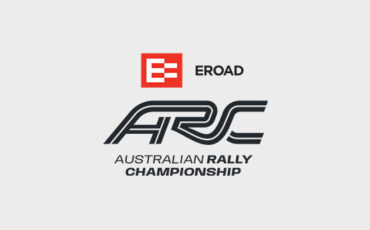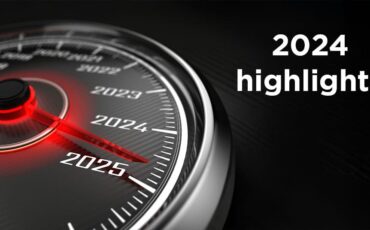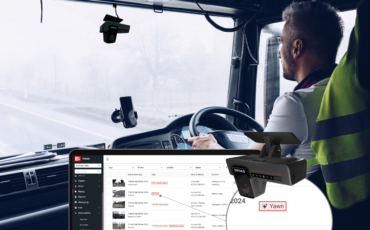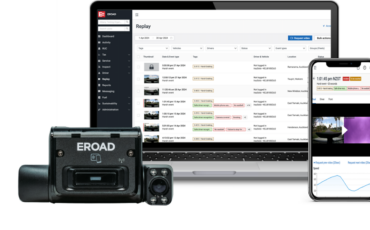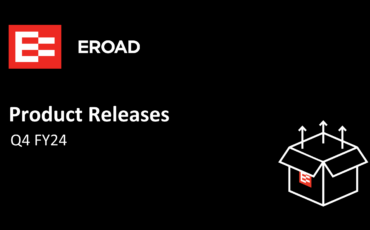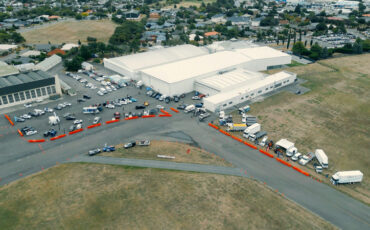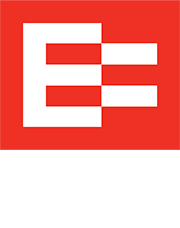7 ways telematics creates cost efficiencies for fleet management
7 ways telematics creates cost efficiencies for fleet management
The last decade has seen a new era of connected fleets emerge, with telematics technology leading the charge and creating a whole new world of possibilities for businesses through data and insights that help fully optimise your fleet’s operations.
With an estimated 100 million telematics units in operation worldwide, businesses of all sizes are embracing the technology to help monitor, streamline and improve their fleet management systems and processes.
From managing a handful of vehicles to a large or mixed fleet, telematics enables businesses to enhance their entire operations with a continual improvement mind-set.
What does telematics do?
Telematics is not new in itself – it has been around for over 30 years. What is new though is its advanced functionality and the way it combines data to drive further business success.
These days, telematics goes well beyond merely tracking a vehicle’s whereabouts. Everything from fuel consumption, scheduling, driver and vehicle performance, speed to vehicle location, performance and maintenance schedules can be monitored on a central, cloud-based dashboard for you.
In effect, you get a bird’s-eye view of your entire fleet in such a way that helps you make critical business decisions with a continual improvement mindset. You can also respond to events as they happen.
Telematics helps drive a higher performing fleet and cost efficiencies
A key benefit of EROAD’s telematics platform is its ability to help businesses identify areas where further efficiencies – both cost-savings or performance enhancements – can be made to ensure your fleet’s achieving optimal productivity.
And while driving cost efficiencies are fundamental to good fleet management, a more productive fleet also means you can service your customers better – which can then translate to business growth and a better bottom line for your business.
Here’s 7 ways EROAD can create cost efficiencies in your business.
1. EROAD monitors your fleet’s every move for more efficient, cost effective scheduling
EROAD’s GPS tracking and reporting gives you complete visibility of what your vehicles and assets are doing so you can:
- Verify activity and routes, monitor stops made and time at customer sites
- Identify the most efficient routes
- Improve dispatch and provide accurate ETAs
- Eliminate time wasted tracking down vehicles
Having the power and visibility to better allocate resources, optimise routes and plan schedules more accurately can help lower costs, such as fuel and labour, at the same time as lifting the bar when it comes to providing a high standard of customer service.
EROAD also provides businesses with the ability to geofence specific sites or areas so you have complete visibility of what your assets are doing on a specific site. This includes data on arrival times, time spent on site, distance driven and whether auxiliary equipment was used.
2. EROAD helps reduce your fleet’s fuel consumption
One of the biggest, and most quantifiable areas, EROAD can impact your fleet management is in reducing your company’s fuel bill.
Fuel is one of the largest ongoing costs for a fleet, in some cases comprising of up to 20% of total costs*, so ensuring it’s being used efficiently can generate huge savings for your business.
Speed, excess idling, vehicle maintenance and route choices all have an impact on the total cost of your fleet’s fuel bill.
EROAD provides detailed insights into fuel consumption by vehicle and driver. It helps you understand your fleet’s fuel consumption patterns and identify areas or instances of unnecessary fuel use to help reduce overall fuel consumption.
* EROAD Red Paper – ‘Take a fresh look at your fleet’s fuel usage to deliver big savings and sustainability’
It also simplifies fuel management by allowing you to compare fuel records against vehicle distance and location information and identify trends and exceptions across your fleet.
An EROAD study* found that our customers improved their fuel efficiency by an average of 6% after just one year.
“EROAD has impacted our business in a beneficial way. It has so far brought down our speed events from approximately 25,000 per month to 1200. It’s reduced our overall fuel bill by approximately 20%.”
Simon Batchelor
Fleet & Procurement Manager, McConnell Dowell
3. EROAD helps save costs by monitoring speed and driving behaviour
Speed, harsh braking, cornering and acceleration all have a huge impact on your fuel and maintenance bills given vehicles use more power and fuel when driving harder or at higher speeds.
For instance, the power needed to travel at 90 km/hr is 20% less than the power required to travel at 100 km/hr. Research carried out by EROAD shows that reducing peak speeds by just 8 km/hr can save 10% to 15% in fuel consumption.*
Other studies have also shown aggressive driving can impact fuel efficiency by as much as 33% on open roads and up to 5% in built-up areas.**
** https://fleetmanagement.unl.edu/general/fuelsavingtips.shtml
EROAD’s driver management software nurtures safe driving practices and safer roads by encouraging positive behavioural change. In effect, it increases driver accountability, facilitates better driving choices at the same time as allowing you to reinforce and reward good driving habits.
Real-time feedback and alerts can bring costs down by saving on fuel, brakes, lowering maintenance costs and, ultimately, reducing the risk of accidents.
Organisations that pay consistent attention to EROAD’s driver behaviour analytics have 38% fewer speeding events than organisations that don’t view them at all.
EROAD Red Paper – ‘Take a fresh look at your fleet’s fuel usage to deliver big savings and sustainability’
“We’ve seen a 100% reduction in speed events since installing EROAD – and zero notifiable incidents.”
Brad Courtney
Fleet Manager. HRV
4. EROAD can help save costs by monitoring excess/unproductive idling
Idling is a leading factor in fuel waste. In fact, an EROAD study has found that, on average, 7% of customers’ fuel consumption is burned in non-productive vehicle idling.***
Non-productive idling can prove expensive. Reducing a small amount of idle time each day can have a massive impact on your fuel bill – which could add up to significant savings per year.
For a large truck travelling 100,000 km per year, the savings from reduced idling could be worth $3,000 per year***. Across a fleet of 50 vehicles, this can add up to significant annual savings.
(*** EROAD Red Paper – ‘Take a fresh look at your fleet’s fuel usage to deliver big savings and sustainability’)
EROAD can identify instances where fuel has been wasted through excessive or unnecessary idling or a poorly tuned vehicle.
“By being able to monitor idling using EROAD Idle reports, Foodstuffs was able to make fuel savings of 4% over less than four months.”
Blair Inglis
Fleet Compliance Manager, Foodstuffs North Island
5. EROAD can save costs by optimising routes
Improving routes by even a small percentage can make a big impact on reducing fuel usage and maintenance costs.
EROAD helps reduce travel time and fuel costs by helping you identify the most efficient (or direct) routes. Not only does this cut down on fuel consumption, but also other operating costs (i.e. wages), vehicle wear-and-tear as well as carbon emissions (and your fleet’s overall carbon footprint).
6. EROAD helps save on maintenance with regular scheduling
Well-maintained engines typically cost less to run. EROAD’s Service helps you identify small problems before they become big, costly ones to keep your engines in top condition. It simplifies maintenance with automated service scheduling based on time lapsed, distance travelled or engine hours, plus it provides a full service history archive.
EROAD’s Inspect also allows your drivers to capture defects, pre and post-trip vehicle inspections, in real-time. EROAD Inspect lets you carry out – using either EROAD’s App on a mobile device or the in-vehicle Ehubo2 device to record any defects that need to be fixed or maintenance to be completed.
Any items that drivers report as failed or need attention then feed straight into the defect management portal to manage and monitor repairs. The Inspect portal is a fully auditable tool to help identify when faults were reported, when they are booked in for repair and when the repair was completed.
Not only does it make the process easier for your drivers to complete, and therefore more likely to be done properly, it can also serve as proof of your compliance with health and safety obligations.
7. EROAD helps reduce insurance costs
Insurance companies are consistently looking to telematics technology to provide customers with a more accurate insurance cost based on real driver behaviour. By installing EROAD in your vehicles, you can potentially reduce your insurance excess and premiums by participating in targeted insurance programs*.
In addition, EROAD also offers anti-theft functionalities with some of its Asset Trackers, which accurately track and monitor your mobile assets.
As a result, your trucks are better insured against theft, especially as these types of anti-theft tracking devices are able to pin-point the exact location of the stolen vehicle.
*Not all insurance companies offer discounts for utilising vehicle tracking systems. However, many will consider your use of telematics technology when setting their premiums.





